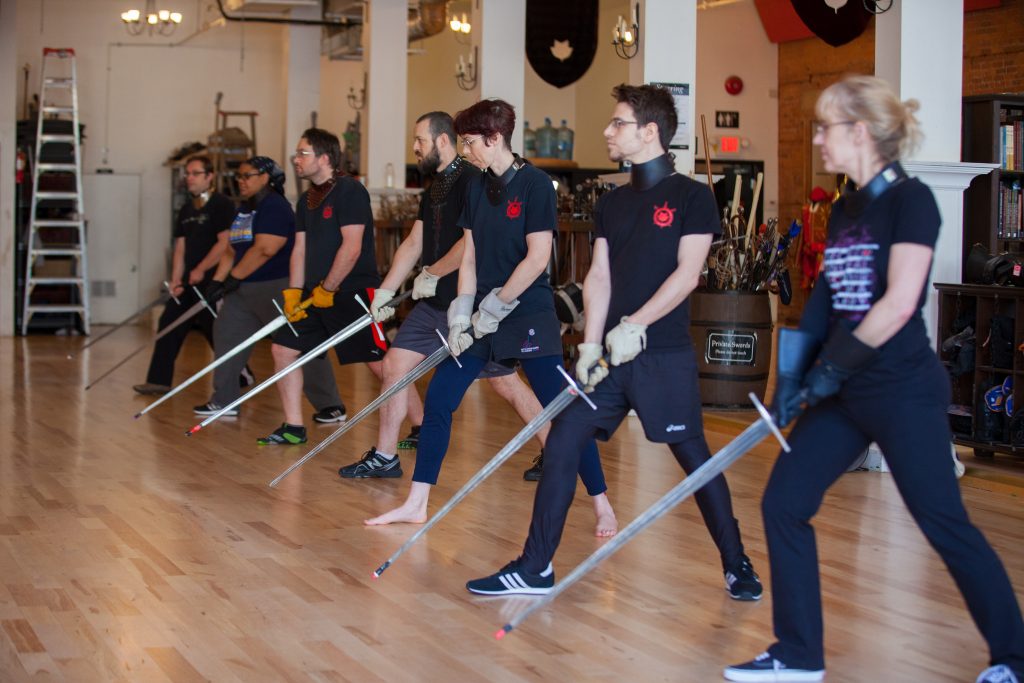This past week during my polearms class one of my students, who is hard of hearing, asked me to put on a wireless microphone (worn as a necklace). This microphone connects to a receiver in his hearing aids that allows him to hear me more clearly regardless of where I am in class, which way I’m facing, and whether he’s wearing a mask or not. It’s a very good solution to his hearing challenge.
What I appreciated about this encounter was how unabashedly this student took charge of his learning environment. He came over, put the microphone necklace around my neck, and said simply: “this will help me hear better.” Out of necessity he has learned that to get the most out of a class he must play an active role in making the environment effective.
We can all learn from this example. Whether you have a disability or not, the person best positioned to maximize your learning is you.
Here are a few ways you can consider taking charge of your learning environments:
Control your position in class
When you’re following an exercise, place yourself in the most effective place for your learning. Many class structures leave it open to students to place themselves wherever they like. Even if this is not the case, often you can simply ask to trade places with someone. Some students benefit from being beside a person they are copying, some across, some directly behind. Find your optimal place for observation, hearing, and replication.
Speak Up
Didn’t understand a particular drill or instruction? Ask for it to be repeated. It can feel vulnerable to reveal your lack of understanding but in reality you’re rarely alone. Remember that your goal is to learn, not manage your public persona.
I’ve had students unabashedly say, “I’m sorry I drifted off for a moment there, will you repeat that?” You might feel that this makes you look foolish, but the reality is that everyone has lost focus before, often when occupied with thinking about the exercise. It’s a much better use of everyone’s time to get something repeated up front, rather than delay the usefulness of an exercise through misunderstanding.
Adapt the Exercise
As an instructor, I cannot design every drill to be perfect for every person in my class. Some students need to break things down further than I have offered, or perhaps spend more time on one section of a pattern than I have prescribed. If your adaptation helps you learn more effectively, provided you’re staying within the intent of the drill, do it.
Get More Help
If a drill doesn’t make sense, you’re hungry for more of a challenge, something hurts, or you think you have a more effective approach -- get some input from your instructor. Highly effective students are constantly tapping into their instructors as much as possible and through as many channels as possible.
It takes time to build up the confidence, and the skills, to play an active and useful role in shaping your learning environment. Get feedback and help, and experiment. The more you can see yourself as your teacher, instead of offloading the responsibility onto someone else, the deeper and more satisfying your training can be.
